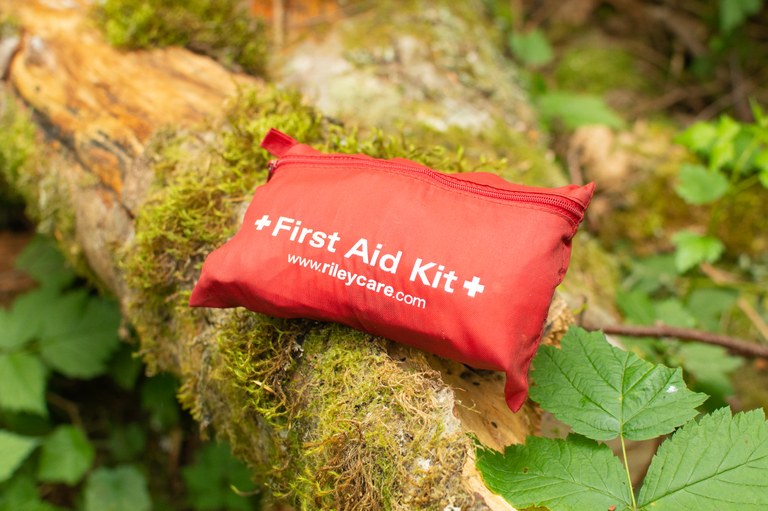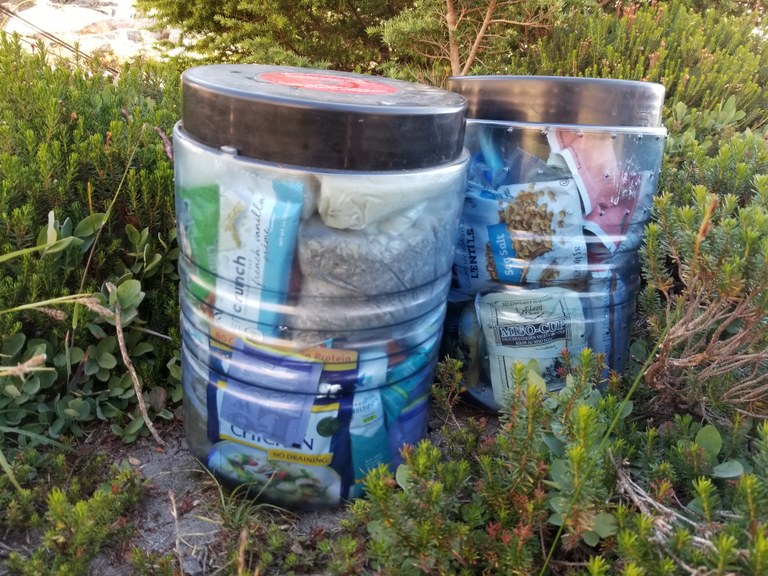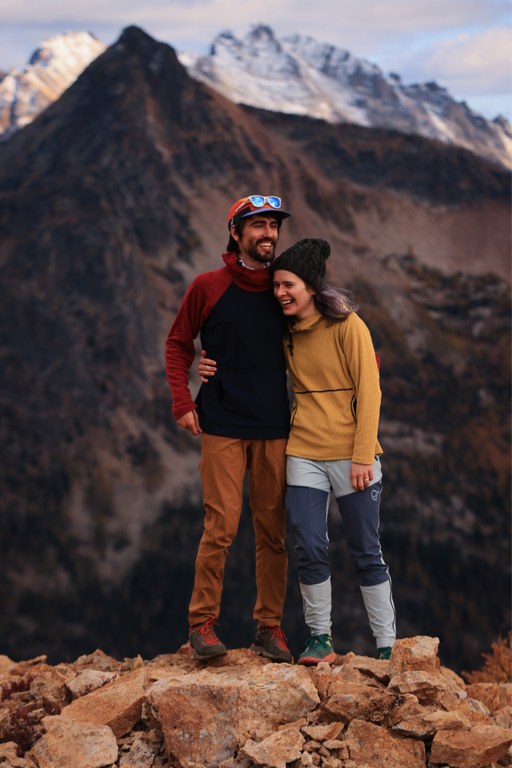 Washington Trails
Association
Washington Trails
Association
Trails for everyone, forever
Romantic partner? Platonic hiking companion? We won’t define your relationship — that’s up to you. But whoever you’re hiking with, here are a few lovable nuggets to consider for your next outing. By Joseph Gonzalez
They say “if you want to go fast, go alone; if you want to go far, go together,” and nowhere is that more true than on trail. Getting outside with a partner is a great way to build relationships, stay safe and share the burden. Plus, what better way to communicate your love than by an act of service? (An offer to carry the bear can is always appreciated.)
Packing shared gear items with your partner is a great way to reduce packweight while spreading the love. Just distribute the weight however makes sense for you. Here are 14 things you can share with your partner to make your outings a bit more fun:
Your shelter is one of the bulkiest and most important items for an overnight hike. Sharing one cuts down on weight and is a fun way to connect with your companion before or after your daily hiking. The size of your tent depends on how much you and your partner like each other (for some couples, a 2-person tent can feel more like a 1.5-person tent).

Want to go the extra mile for your partner? Offer to set up the tent! Photo by Jessica DuMond
Hiker tip: Split the packweight by having one hiker carry the tent and stakes while the other hiker carries the poles and rainfly.
A couples quilt or sleeping bag is usually cheaper and lighter than each person carrying their own. Plus, it’s a great way to keep extra warm on chilly nights. Just as long as you don’t mind how your partner smells after a long day on trail!
Before you buy your couples sleeping bag, you might want to check out number 3.
Feel that distance between you and your partner? That’s just the gap between your sleeping pads. Get the most out of your couples sleep system with a double-wide sleeping pad. It’s not as comfy as the queen mattress you’re used to, but hey, you’re sleeping on the ground.
Two cook pots, two stoves and two gas canisters are just unneeded relationship baggage. Share a cookset instead. As long as each person has their own eating utensil and mug/bowl, you’ll save weight and time by packing one stove and cook pot.
Having a good system for filtering water is a must if you’re going to spend time in the backcountry, and modern tools for treating water make it easy. And ensuring you're both hydrated is a labor of love in itself. Especially if you’re hiking in a small group, sharing a gravity filter can take the effort out of treating water by letting gravity do the work.
Hiker tip: Stay prepared — one hiker can carry a filter while the other hiker carries backup chemical treatment, like iodine or chlorine.
Hopefully, your first aid kit is an essential you’ll never need. But if you do need it, it’s helpful to have a partner who can address your needs with confidence. Build a customized first aid kit for your partnership and remember to pack items that cater to each person’s specific needs.

Remember to personalize your first aid kit before your next big outing.
Hiker tip: Take your hiking partnership to the next level by getting first-aid certified.
Bugs are a bother, but you only need a few sprays of insect repellant a day. Save a few ounces by carrying a single container: just be sure each of you brings your own bug net!
Sharing a trowel is an easy way to save pack weight. And if you’re really close, you can even share a roll of TP. Just be sure to pack it out — and while you’re at it, bring plenty of hand sanitizer.
Bear canisters are heavy, and the average bear canister usually has volume to accommodate about five days worth of food for one person. So if your trip is short enough, you can probably fit all of your food into one. You can also share a hang bag or Ursack, according to local laws and regulations.

Why carry two bear cans when you can fit the whole party's smellables into one? Photo by Joseph Gonzalez
Hiker tip: National parks, Okanogan-Wenatchee and Mt. Baker-Snoqualmie national forests now require bear-proof food storage for overnight use, so the best time to use this tip is now.
With any luck, you’ll never need to use a personal locator beacon (PLB). If you do, that means something has gone amiss! But as long as you and your partner stay close, carrying a single PLB is a nice way to cut ounces. Just be sure both hikers have the tools and experience to navigate the backcountry on their own if necessary.
Unlike you and your favorite hiking partner, your trail electronics will need more than a snack and a good night of sleep to recharge. That’s why hiking couples can share a single external battery device to keep electronics charged and cut down on shared weight.
Hiker tip: The length of your trip and how many devices you need to charge will determine if one is enough for you. Depending on time of year, some hiking couples might prefer a solar charger.
 What better way to share your love than to share your favorite trail? Photo by Brandy Taylor
What better way to share your love than to share your favorite trail? Photo by Brandy Taylor
What’s mine is yours, and what’s yours is mine. At least that’s the idea with some land passes — like Washington’s Discover Pass, which has space for two license plate numbers. Save some cash by sharing a lands pass with your partner where you can.
The only thing better than sharing a stinky tent with your favorite hiker? Sharing a stinky ride home from trail (and maybe a burger) with your favorite hiker! Carpooling helps reduce vehicle emissions and saves trailhead parking for other hikers.
Who doesn’t love pretty views? Majestic mountains and rushing rivers are great, too. But they’re even more beautiful when you can share them with a loved one. Sharing your favorite hike with your companion isn’t just a fun way to get outside — it’s a pathway to your hiking heart!
In case you get separated from your partner, do you have what you need to stay safe until you re-unite? Each hiker should consider carrying their own:
Ready to minimize pack weight while maximizing fun by sharing your partner? Don’t forget to spread the love — show us your couples setup in a trip report after your next outing!